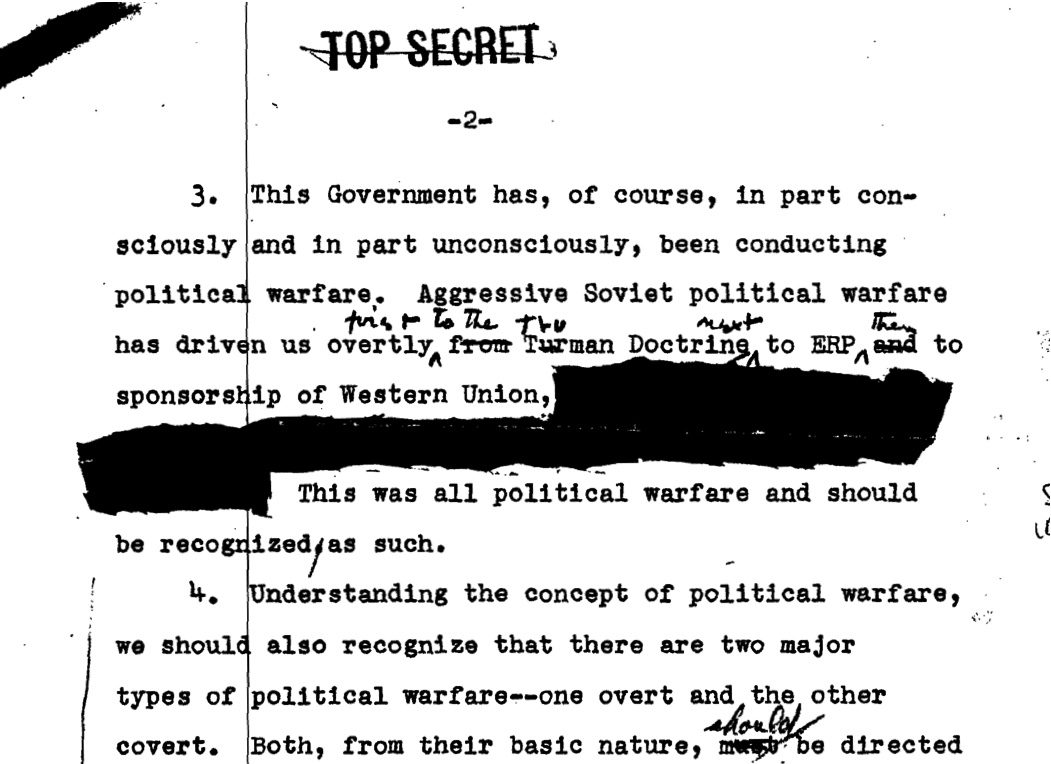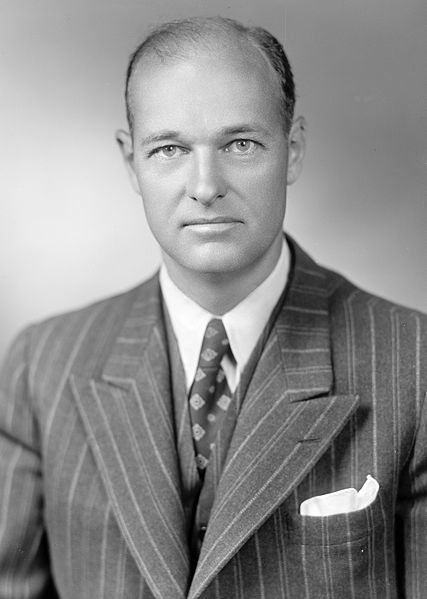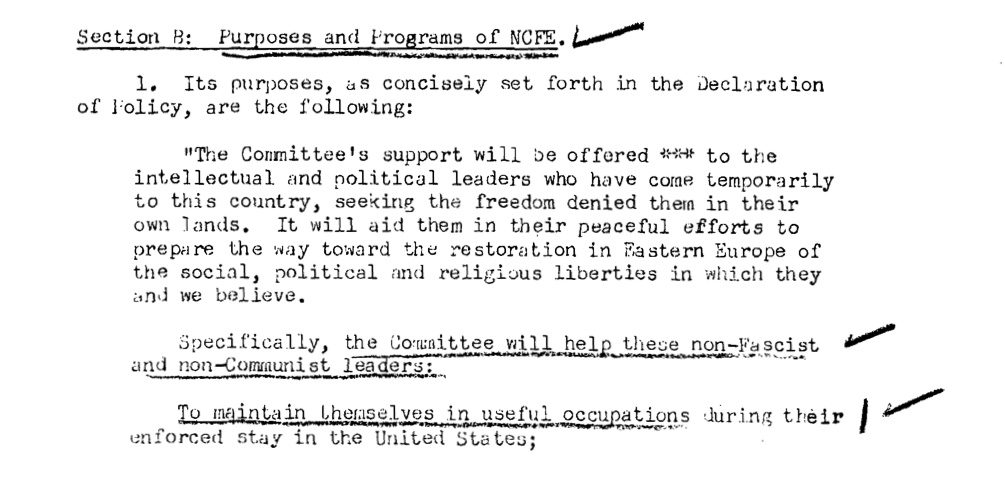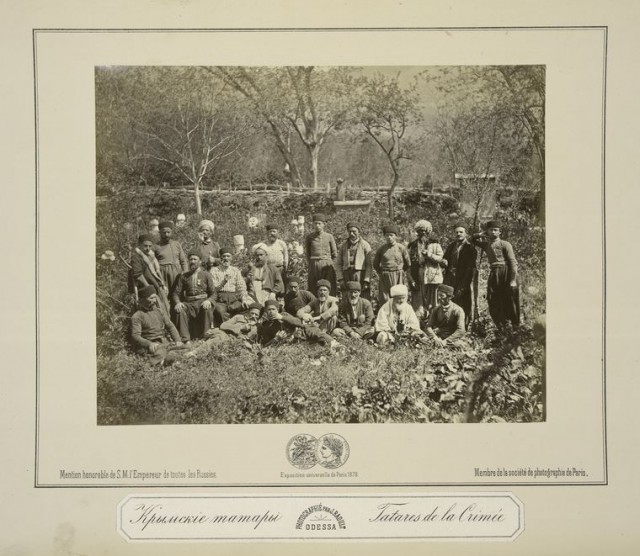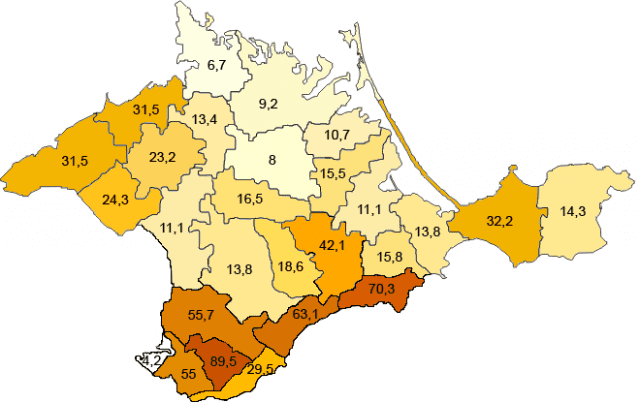
This week, Jeremi and Zachary are joined by Dr. Michael Kimmage to discuss the ongoing Russia-Ukraine War.
Zachary sets the scene with his poem entitled “Bloodstains.”
Dr. Michael Kimmage is a professor of history at the Catholic University of America in Washington DC. He is also a fellow at the German Marshall Fund, and chair of the Advisory Council for the Kennan Institute at the Woodrow Wilson Center in Washington DC. From 2014 to 2017, Kimmage served on the Secretary’s Policy Planning Staff at the U.S. Department of State, where he held the Russia/Ukraine portfolio. He publishes widely on international affairs, U.S.-Russian relations and American diplomatic history. Kimmage is the author of: The Conservative Turn: Lionel Trilling, Whittaker Chambers and the Lessons of Anti-Communism (2009); In History’s Grip: Philip Roth’s Newark Trilogy (2012); and The Abandonment of the West: The History of an Idea in American Foreign Policy (2020). His new book is Collisions: The Origins of the War in Ukraine and the New Global Instability (2024).
